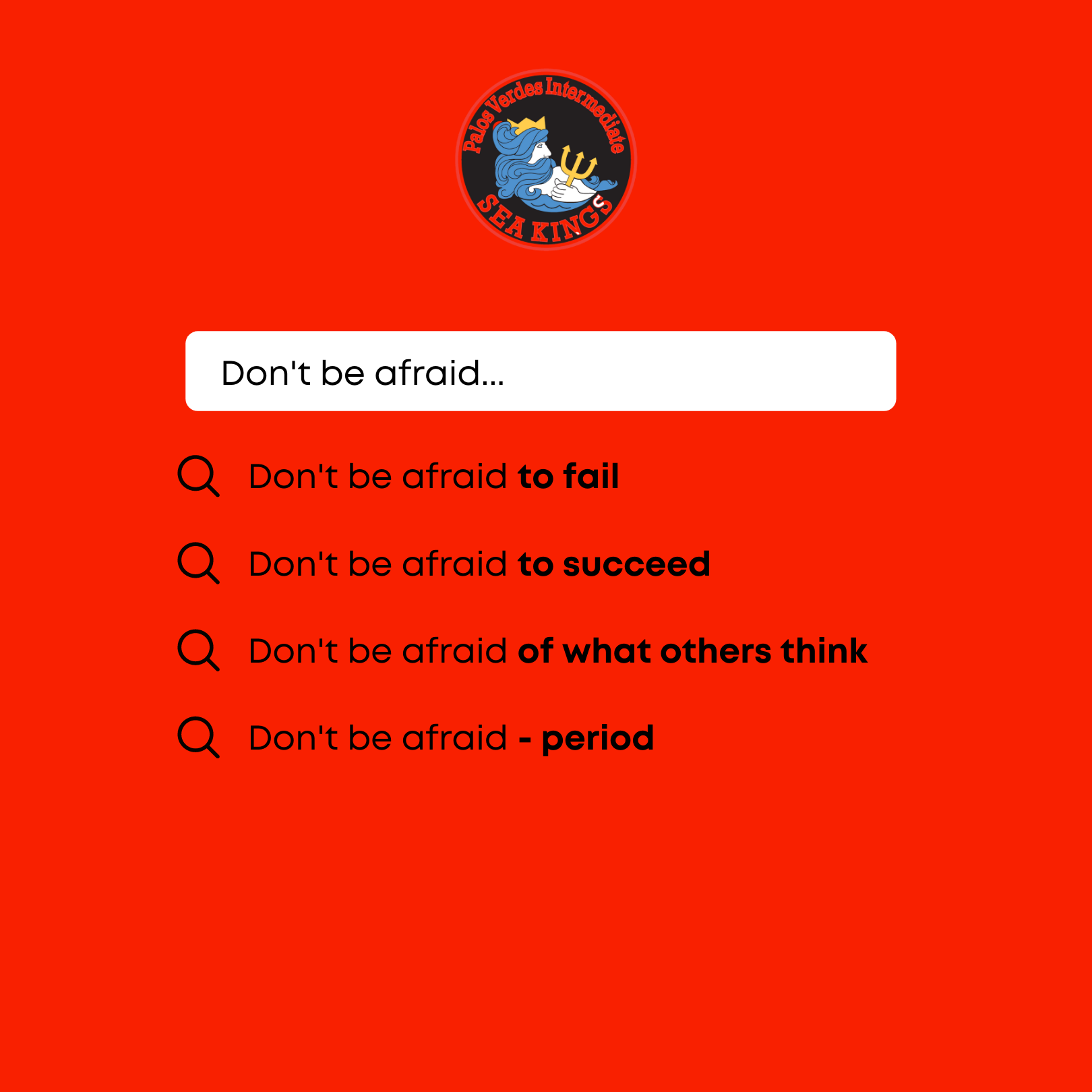
Motivation is a common topic of discussion amongst parents and teachers of adolescents, an issue that seems to have only gotten worse for many students during the pandemic, quarantine, and online learning. Adolescence is an important time for students to start developing more intrinsic motivation around school and positive behavior, however many students in middle school years may still be focused primarily on seeking external praise and rewards instead of seeking a more internal sense of satisfaction. One of the most common reasons for low motivation among adolescents is FEAR OF FAILURE. Middle school students are highly focused on how they are viewed by others: peers, parents, teachers, etc., and are often more focused on pursuing what will make others happy than figuring out what makes them feel good. Students are often so afraid of failure and how others may view them if they fail, that they are unwilling to try in the first place. Additionally, the more effort you put into trying only makes the failure feel even more devastating and can lead to a lower view of self and less confidence in your ability to succeed at all.
Goal setting can be a great way to help students determine what they want, plan for how to get there, and feel more satisfied in their own accomplishments. Identifying an overall goal - “I want to get better grades” or “I want to make more friends” - is a great place to start and determine what we are aiming for. However, general, vague, and overarching goals can often feel more intimidating and overwhelming than motivating. Here are some helpful strategies on how to practice goal setting in a way that encourages motivation and feelings of accomplishment, instead of leading to further discouragement.
MAKE IT SPECIFIC: The more specific the goal, the easier it is to create a plan of action and know exactly what we are working towards.
Ex: Instead of “I want to get good grades” … try “I want to get an 80% or higher in my classes”
MAKE IT REALISTIC: We don’t want to set ourselves up for failure and perpetuate the fear of failure cycle. Setting realistic goals increases the likelihood of success. The more we succeed, the better we feel, and the more motivated we are to keep working towards future goals.
Ex: Instead of “I want to get an A on every test” try… “I want to get a better score on my next test than I did on the last one”
BREAK IT DOWN: Breaking down large goals into smaller parts also helps improve success rates and creates a greater sense of accomplishment along with the way. Starting with small simple goals often reduces the fear of failure. The more small goals we achieve the more confident we become that we can achieve more difficult tasks ahead.
Ex: Instead of “I want to make more friends” start with…. “I want to say hello to one new person this week”
MAKE IT MEASURABLE: How do you know if what you are doing is working? It’s essential to actually see and recognize our growth and progress as it happens. Goals usually take time and continued effort, and if don’t have a way to measure success along the way and feel good about our efforts, it’s more likely to lose motivation towards the end goal.
Ex: Instead “I want to improve my fitness” … try “I want to exercise 3 times a week”
PLAN FOR FAILURE: Planning FOR failure is not planning TO fail. Failure is an important part of the learning process on the road to success. Anytime we are trying something new, something difficult, or trying to make changes in our lives, we should expect to make mistakes along the way. Planning for failure helps reduce the intense negative feelings of shame that come with it.

 .
. 
__________________

















